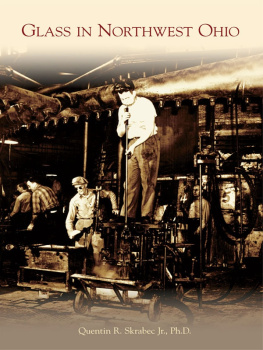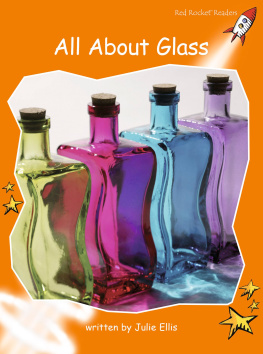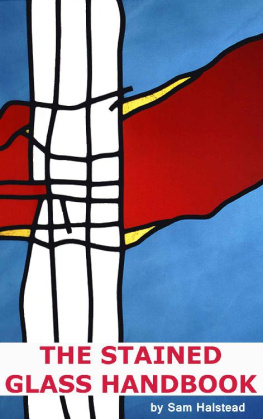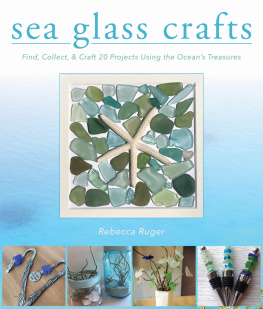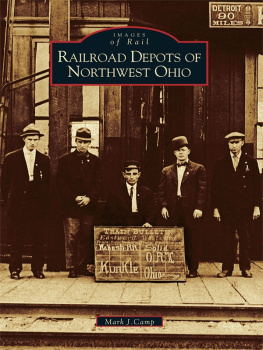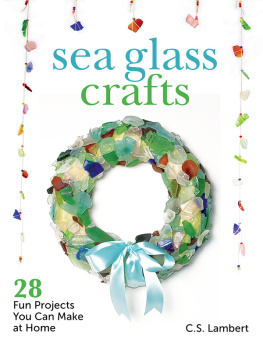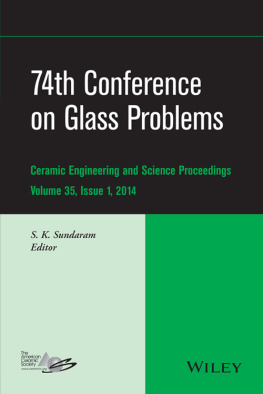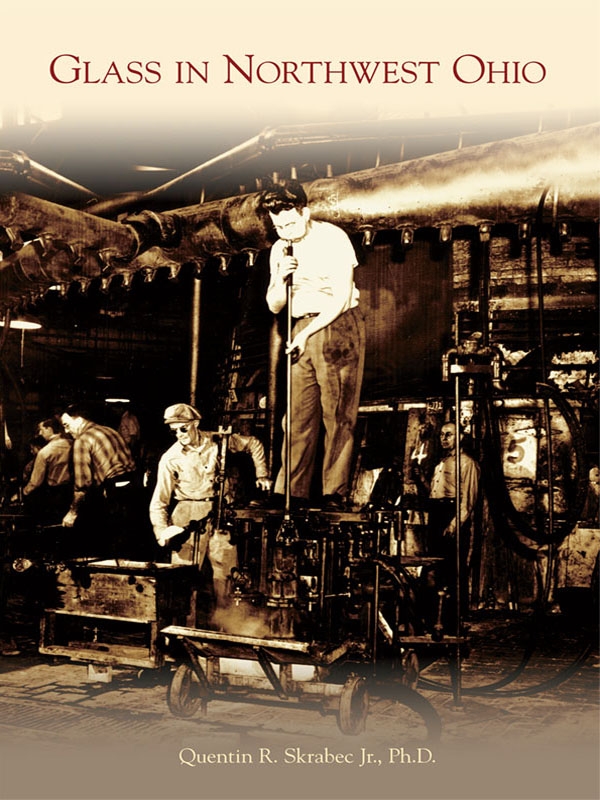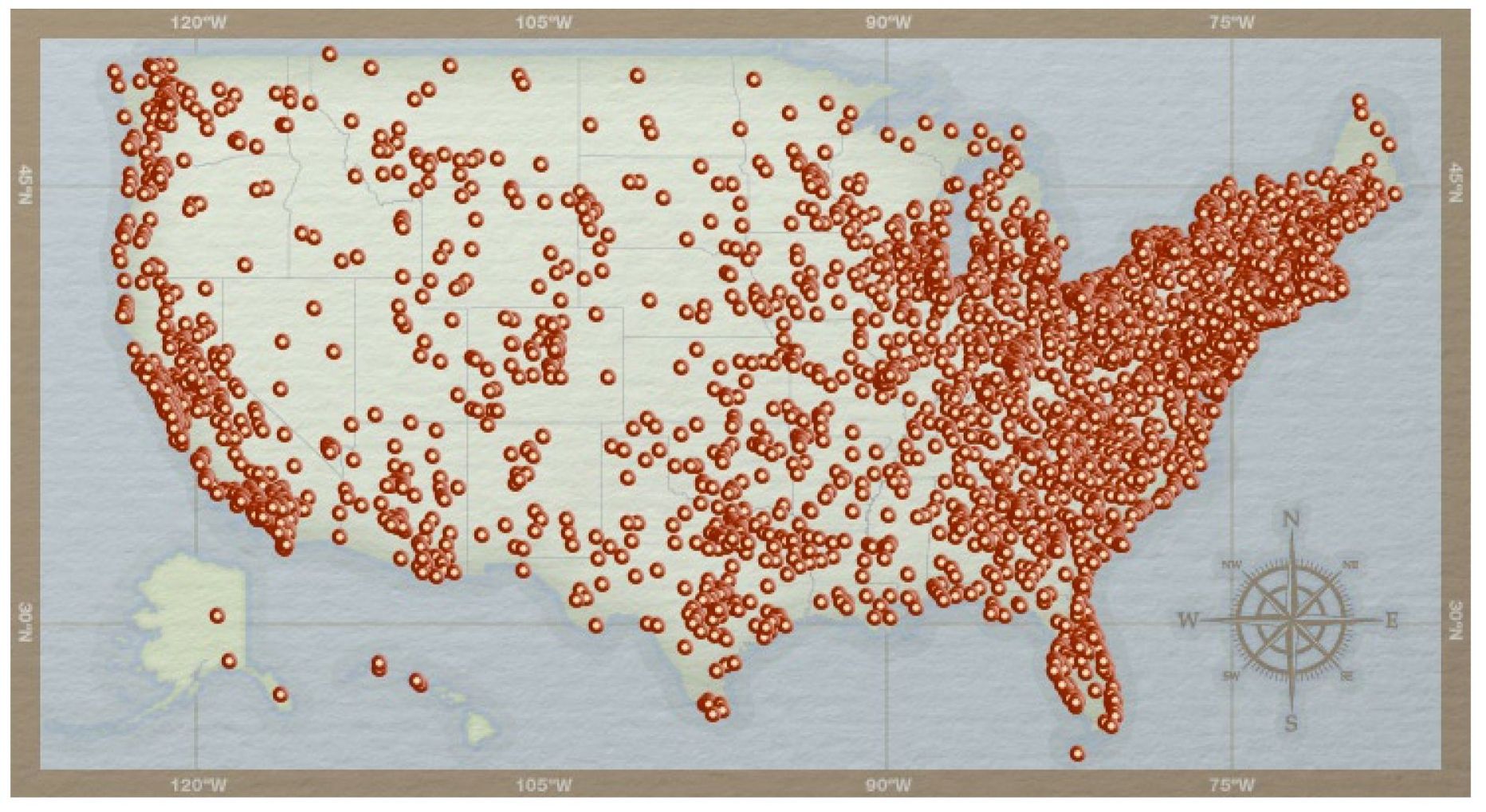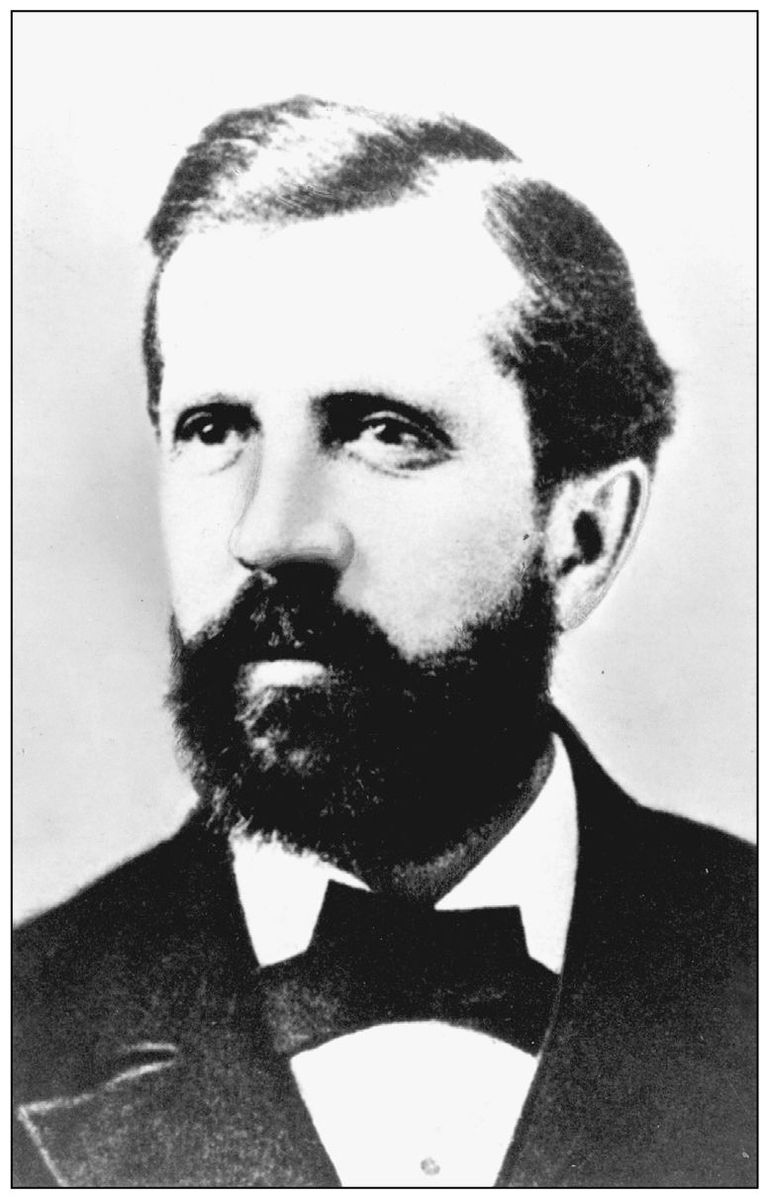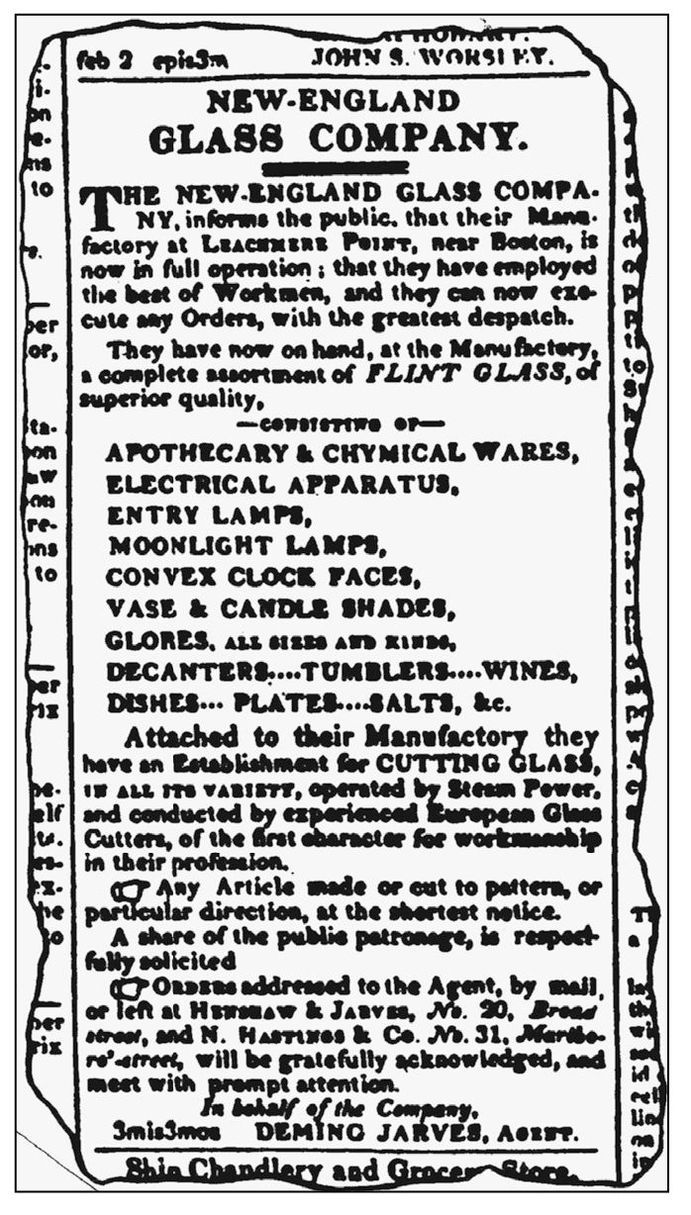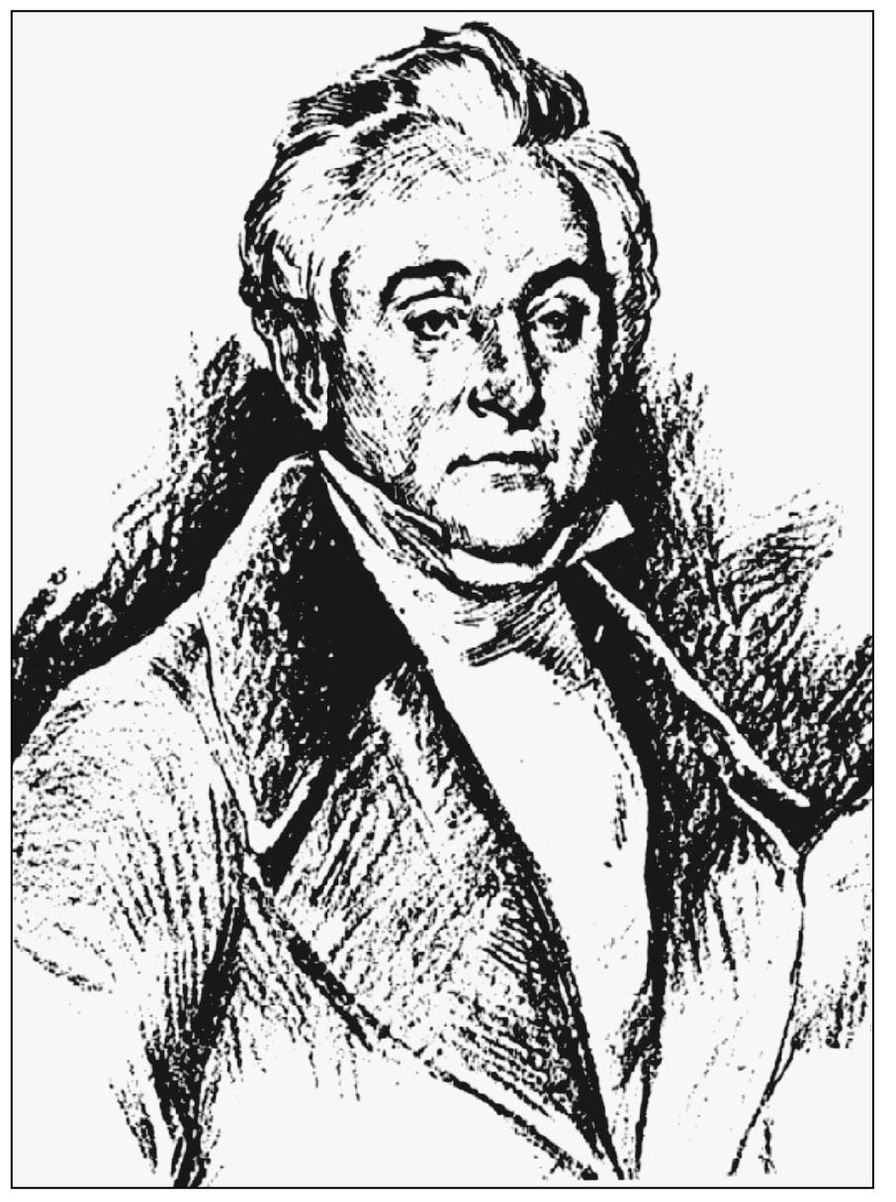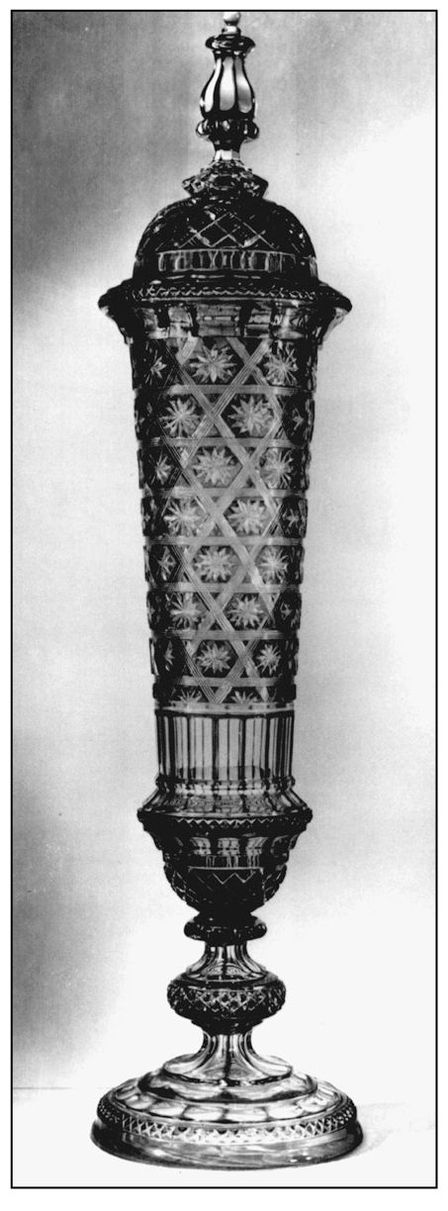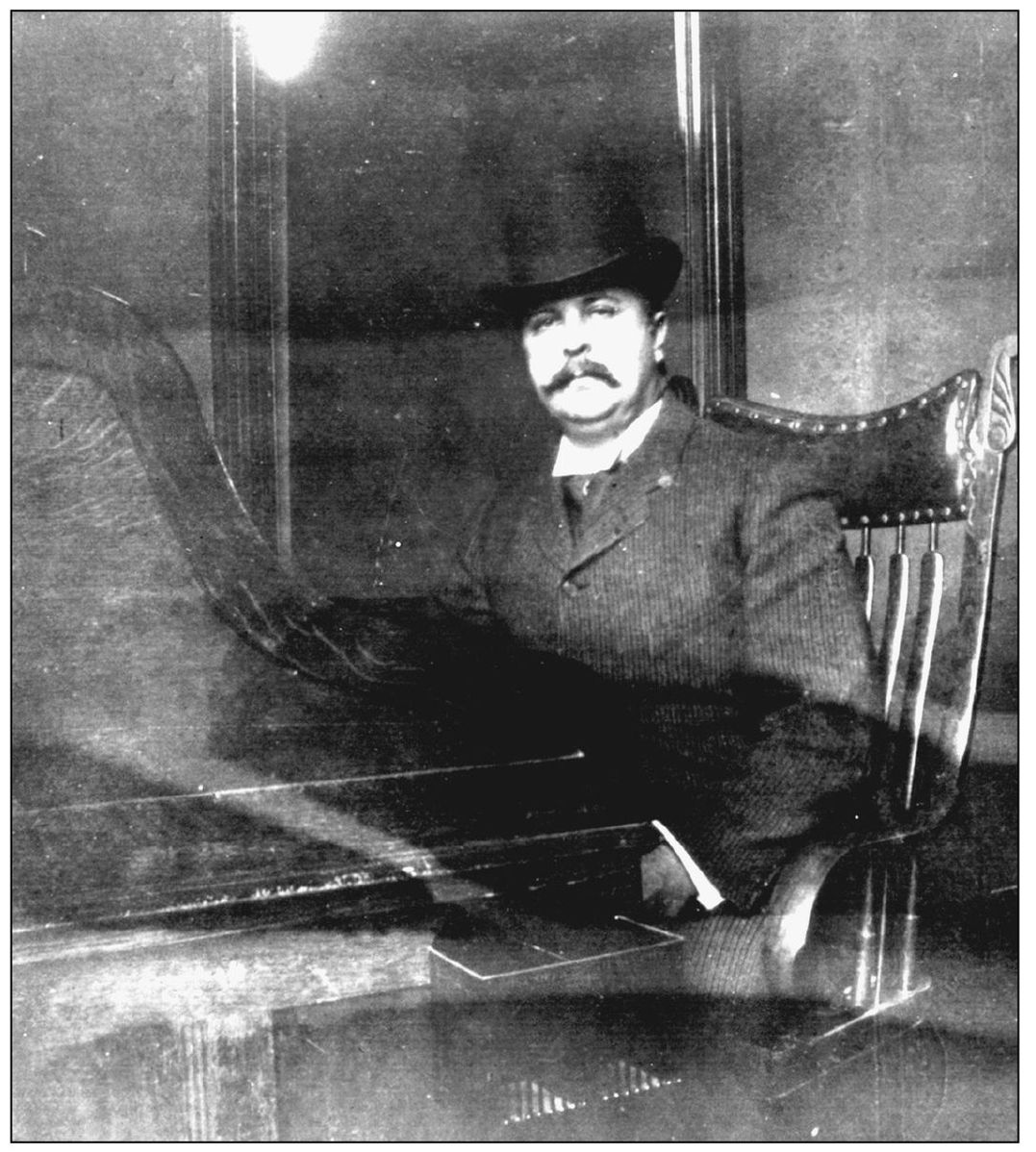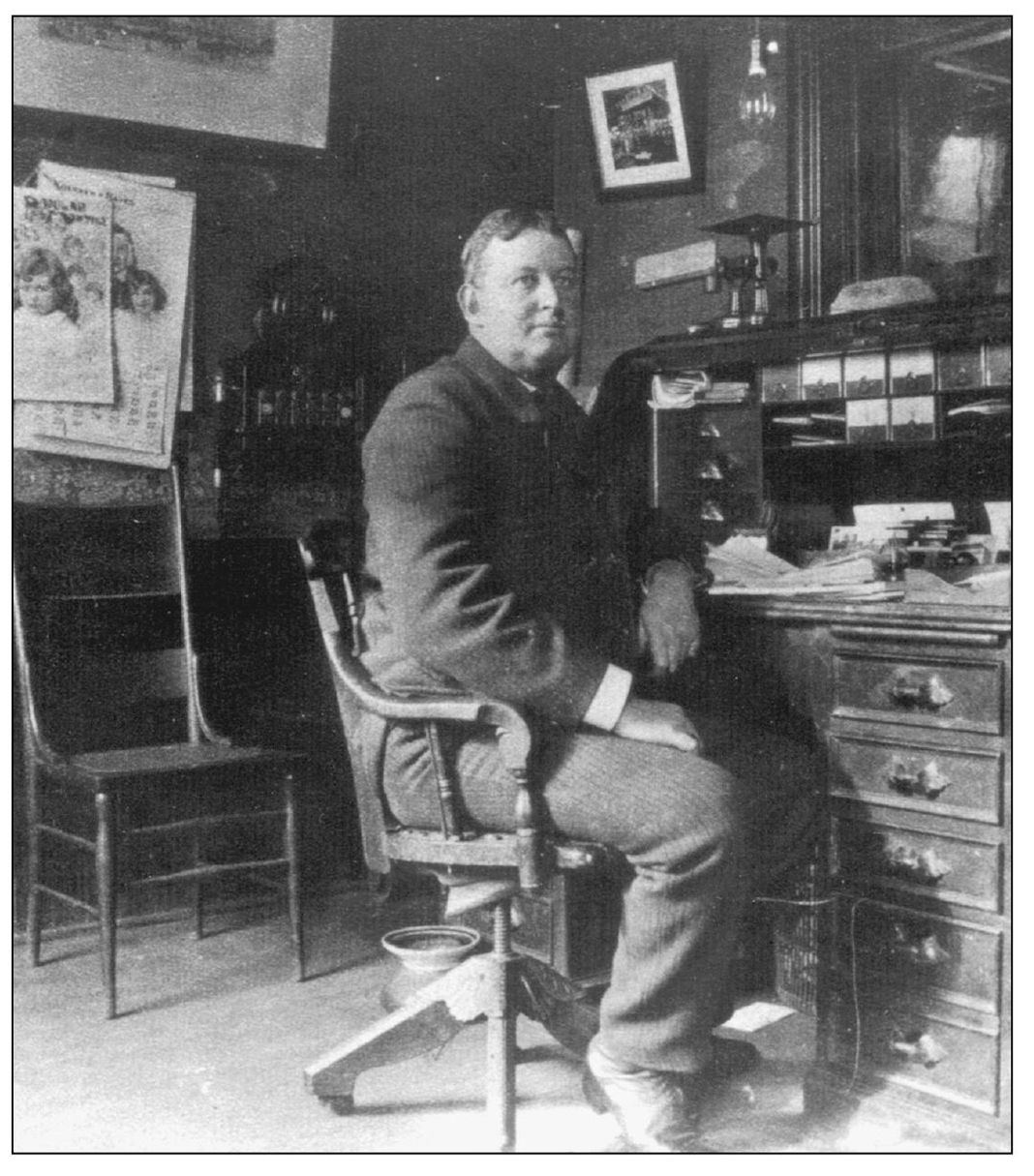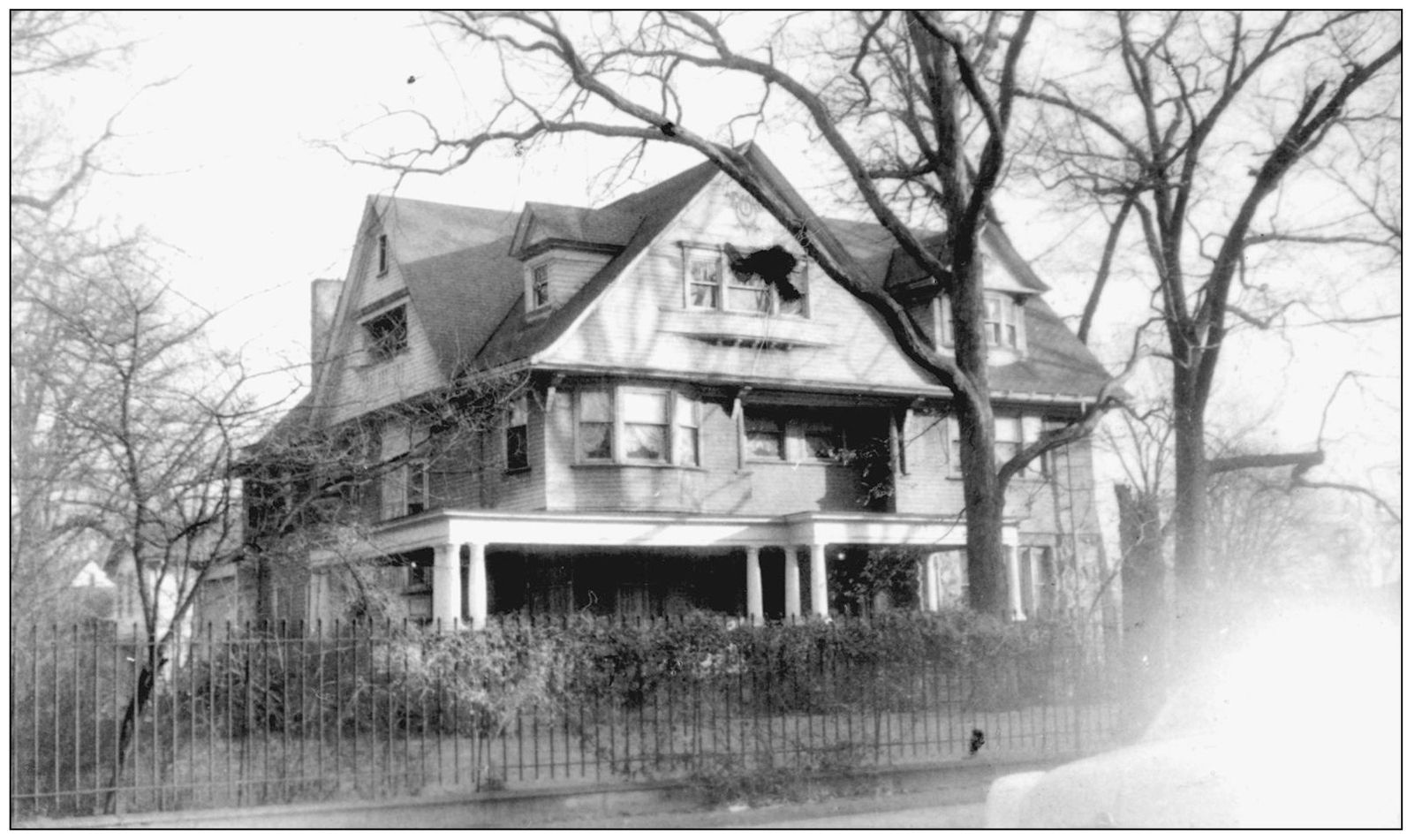One
INDUSTRY ROOTS
The history of most of Americas glass industry can be traced in some way to the New England Glass Company, but in a very special way it is the grandfather of northwest Ohio glass. The founder of New England Glass, Deming Jarves, built the American glass industry. Europe had jealously guarded the secrets of high-quality glassmaking, preventing new entry into the industry. The glassmaking nations of Europe had enacted laws forbidding the emigration of glass artisans and glassblowers. The famous Venetian glassmakers for centuries were isolated on a guarded island. In addition, the Venetian government imposed the death penalty on those trying to emigrate.
Jarves in the 1840s smuggled out a number of glass artisans that broke the code of flint glass making. Flint glass was a high-quality cut glass containing 2028 percent lead, which gave it its weighty feel. Jarves was able to unlock the European monopoly on the recipes for flint glass. One of those smuggled glass experts, Thomas Leighton would later revolutionize the glass industry with American pressed soda glass. In the 1870s, William Libbey, who had worked mainly in sales, took over the struggling New England Glass Company. The company was suffering from soaring fuel costs and competition from pressed glass made by Hobbs-Brochunier of West Virginia. In addition, the glassworkers were pushing for wage increases equal to those of more successful companies of West Virginia.
New England Glass pioneered beautiful colored art glass. The secret to ruby red glass had been lost with the death of Prussian alchemist Johann Kunckel Von Lowenstern in 1680. A New England glassblower accidentally rediscovered it in 1882 when a gold ring fell into a bath of glass creating rich ruby red. Libbey and his glassmakers went on to manufacture an array of red, pink, and peach colors going by such names as Amberina, Agate, and Pomona. William Libbeys son, Edward, would successfully sell Tiffanys of New York in promoting the new glass products. The success of these colored glass products helped New England Glass maintain a few more years with the high cost of New England fuel.
William Libbey was born in Portsmouth, New Hampshire, and could trace his first ancestor to the 1620 landing of the Mayflower . In 1855, Libbey started as an importing clerk for the New England firm of Jarves and Commerais, a precursor of New England Glass. Libbey worked his way through various managerial positions until he took ownership in 1867. He may well deserve the title of father of American glass.
In 1818, the New England Glass Company took over the assets of the failed Boston Porcelain and Glass Company. The major investor was Deming Jarves, who wanted to move into the fine cut-glass market. Needing flint sand, potash, abundant fuels, and lead, the only lacked component was lead oxide (known as red lead) for the production of flint glass. (Courtesy of the University of Toledos Ward Canaday Center.)
Jarves was a self-educated glassmaker. Jarves studied European books to develop a practice to manufacture red lead. He succeeded, and New England had a monopoly on red lead for decades. Under Jarvess leadership, New England Glass built a reputation for the finest flint glass. In 1826, Jarves gave up control of the company to Boston and Sandwich Glass Company.
This type of apothecary jar was a popular lead-glass piece of New England Glass. These pieces were hand blown and hand cut with layered ruby glass. Ruby-colored glass was reintroduced to the world after the recipe was lost for centuries.
Edward Libbey had joined his fathers firm in 1874 at age 19. He showed early successes selling colored cut glass to major outlets. In 1880, he was made a partner as the legal name of the firm became William L. Libbey and Son, but the company still worked as New England Glass. He took over the company after his fathers death in 1882.
While Edward Libbey worked hard in improving sales at New England Glass, he depended on his young product development manager, Sol Richardson, to improve the struggling companys manufacturing. In the 1880s, Richardson developed a working relationship with Thomas Edison at Menlo Park. Richardson did some of the earliest production work on the electric light bulb. (Courtesy of the University of Toledos Ward Canaday Center.)

